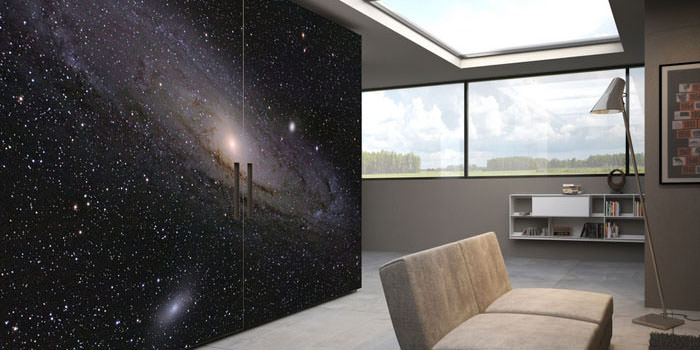
22
Aug
The 5 Secrets to Pulling Off Simple, Minimal Design
Minimal Design
Minimalism is a popular trend in the interior design sector, but it’s not as easy as it looks. Creating a simple, elegant and functional space requires careful planning, attention to detail and a clear vision. Here are five secrets to help you achieve a successful minimal design for your home or office.
- Choose a neutral color palette. Neutral colors create a sense of calmness, spaciousness and harmony in a room. They also allow you to highlight the architectural features, textures and shapes of your space. You can use shades of white, gray, beige, black or brown as your base colors, and add pops of color with accessories or artwork.
- Declutter and simplify. One of the main principles of minimalism is to eliminate anything that is unnecessary, distracting or cluttering. This means getting rid of excess furniture, accessories, knick-knacks and items that don’t serve a purpose or bring you joy. Keep only what you need, love and use regularly, and store them in an organized and efficient way.
- Focus on quality over quantity. Minimalism is not about having less, but having better. Instead of filling your space with cheap, low-quality or trendy items, invest in fewer but higher-quality pieces that will last longer and look more refined. Choose furniture that is comfortable, durable and functional, and accessories that are meaningful, beautiful and expressive.
- Embrace negative space. Negative space is the empty or open space around the objects in your room. It creates a sense of balance, contrast and breathing room in your design. Don’t be afraid to leave some walls, shelves or corners empty, and avoid overcrowding your space with too many elements. Negative space can also help you draw attention to the focal points of your room, such as a fireplace, a window or a piece of art.
- Add some natural elements. Minimalism doesn’t have to be cold, sterile or boring. You can add some warmth, texture and life to your space by incorporating some natural elements, such as plants, flowers, wood, stone or metal. These elements can create a connection between your indoor and outdoor environment, and bring some color, freshness and vitality to your design.

3 comments